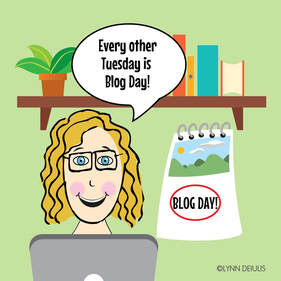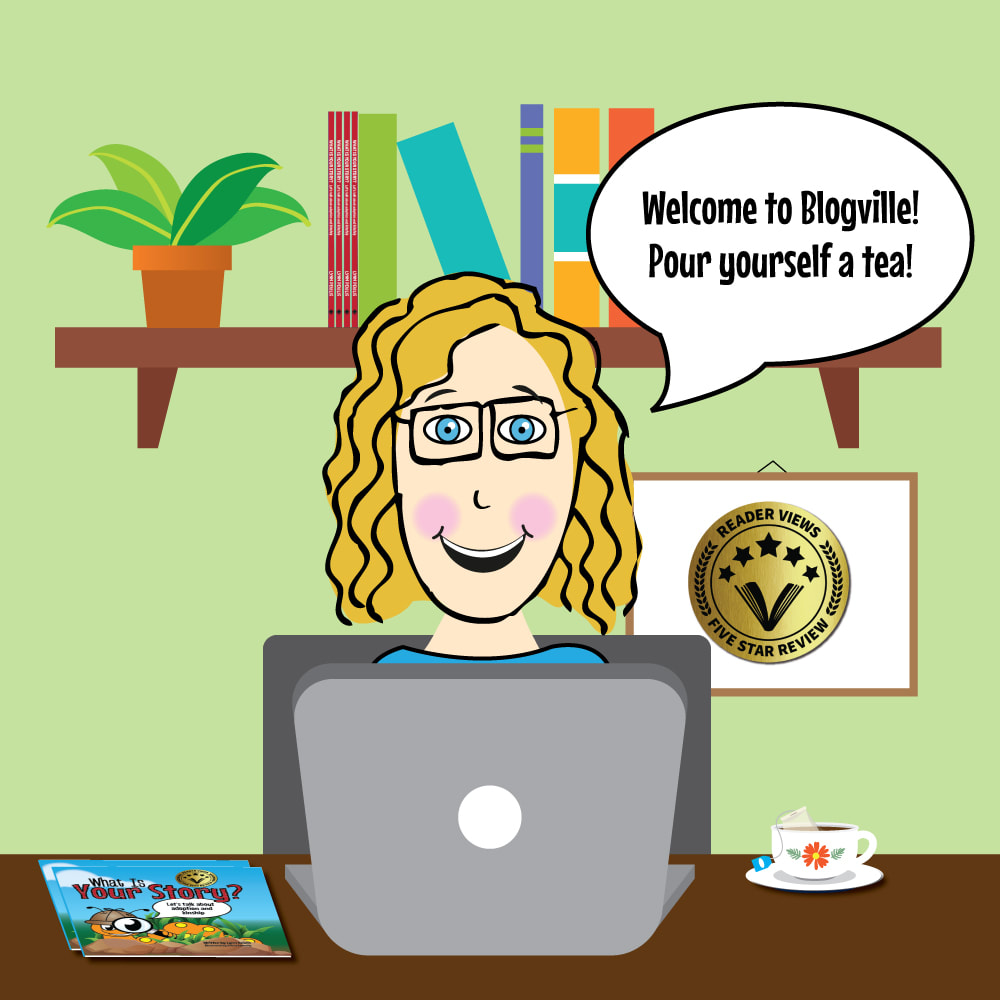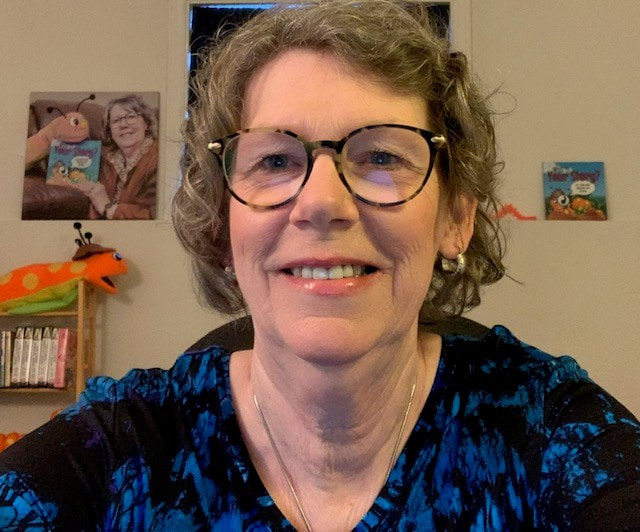|
Welcome back to Blogville. I think a nice camomile tea will suit this chat but you can decide. Maybe make a pot, this is going to take a while.
I want to talk to prospective adoptive parents a little about my professional experience with matching children and families, and what birth parents have taught me about the matching process. I hope that this will help you to prepare for the roller-coaster ride known as “approved adoptive family” awaiting a placement. I wish to note that my experience is limited to domestic (Ontario) public adoptions specifically. If you are adopting due to an infertility issue then you have learned from ovulation monitoring, fertility drugs, intercourse on demand, medical procedures, and other attempts to conceive that there is no actual stork. If you are adopting as a single parent, or as a member of the LGBTQ2s+ community, you know there is no actual stork. So, now that we have acknowledged all of that, I have to inform you that there is no adoption stork either (no matter how tall or slender your adoption worker might be, lol). We simply need to acknowledge that, instead, there is an adoption “system” that comes with guidelines, rules, procedures, and what feels like a hundred other hoops and/or barriers for you. What I want to focus on in this blog is the matching/selection process. I think it is important to state that (typically but not always) adoption workers review selected approved home studies and usually narrow the candidates down to three families that they feel best match with the child or youth’s needs and the wishes of the birth parent(s) where applicable. Adoption workers present your profile to birth parent(s) to help them to choose a family for their child. If the birth parent(s) are not involved, then a selection committee will review your profile instead. My point is that the people who may be selecting you to parent a child or youth will be making their selection based primarily on the profile you created, and follow up questions they ask your adoption worker. But I get ahead of myself. As an adoption worker, this is how I saw the practice of adoption matching in Ontario. Others may not see it the same way, but this is my personal view after 25 years of experience. (It is also my view as an adopted person.) Once you are an approved adoptive applicant, a “check list” profile can be placed on the AdoptOntario website. I used to describe this as the ‘Plenty ‘O Fish’ of adoption. The website provides quick facts about you that workers can consider when they are looking to match a child with a family, while also providing quick facts about a child that workers are looking to match with a family. This website profile has prescribed descriptors about you that do not require any creativity, just the facts. Workers can then follow up if it looks like there might be a match. As part of the search for your child, you may attend adoption conferences, such as the Adoption Resource Exchange (A.R.E.) that takes place in Toronto, Ontario usually twice per year. If you plan to attend, your worker will recommend that you prepare a profile to present to the workers at the conference. In many cases you can preview children’s profiles on the AdoptOntario website prior to the conference. You will likely make note of which agencies you will want to speak to at the conference regarding children who caught your eye. I cannot reinforce enough how important it is for you to leave the fantasy version of your ‘perfect child’ at the A.R.E. door before you enter. Bring an open mind with you instead. Falling in love with a child or youth’s photo can actually impair your hearing. Don’t just listen for the things you want to hear, make sure you listen actively, even if you may not like what the worker is saying. I call this ‘future heartbreak prevention’. The A.R.E. Conference looks a little bit like a science fair when you arrive, with booths and displays everywhere. I used to describe the conference as being similar to ‘speed dating’. Often there are lineups of families waiting to introduce themselves to the workers representing children available for adoption. Prospective parents moving from booth to booth to booth, armed with multiple copies of their profiles, and filling out expression of interest forms, or not. A good pre-conference exercise I recommend is to imagine which agency’s booth you would go to, to find out more about a child or sibling set, if you could only go to one. At the A.R.E. you will usually find workers representing older children and youth, children with special needs, and/or sibling sets. Be aware that the longer the line, the less time the worker will have to meet you, so be ready to make an impression. What impresses workers? Honesty. Have an honest list of what special needs, behaviours, medical conditions, you feel you can truly manage (not necessarily what you originally told the home study worker). Children need you to be sure. I call this ‘future heartbreak prevention’. As always I would love to hear your comments. If you are not comfortable sharing them on a public site, please feel free to email me at [email protected].
1 Comment
|
Read More
July 2024
Categories |



 RSS Feed
RSS Feed